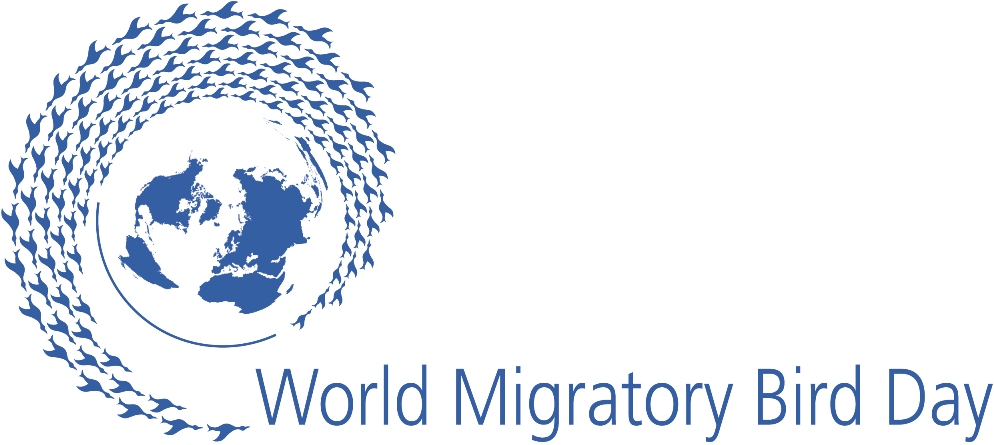World Migratory Bird Day (WMBD) was initiated in 2006 and is a global awareness-raising campaign highlighting the need for the protection of migratory birds and their habitats. On the second weekend each May, people around the world take action and organise public events such as bird festivals, education programs and birdwatching excursions to help raise awareness around a specific theme.
The idea of designating a day for migratory birds arose in the United States in 1993, when the US Fish and Wildlife Service, the Smithsonian Migratory Bird Center and the Cornell Laboratory of Ornithology initiated celebrations of the ‘International Migratory Bird Day’ (IMBD), which encourages bird festivals and education programs across the United States and other parts of the Americas. Although this day continues to be celebrated in the western hemisphere, something similar was missing for the rest of the world.
WMBD was initiated in 2006 by the Secretariat of the African-Eurasian Migratory Waterbird Agreement (AEWA) in collaboration with the Secretariat of the Convention on the Conservation of Migratory Species of Wild Animals (CMS).
From the very beginning World Migratory Bird Day has been a tremendous success worldwide. Each year since 2006, the total number of registered WMBD events has steadily increased along with the number of countries in which WMBD celebrations have taken place. In 2010 alone, a total of 90 registered events took place in over 40 different countries – every single one is unique in its own way and as diverse and creative as the people and organisations involved.
2011 Theme – Land use changes from a bird’s-eye view
Imagine the unique perspective migrating birds have of the Earth. Each year they fly thousands of kilometres across entire continents covering the vast expanse of the planet, its many different climates and landscapes. Looking at the world’s changing landscapes from a “bird’s eye view” is a valuable perspective and can help reveal humankind’s dramatic impact on the global environment.
This unrivalled view also enables them to notice the dramatic changes which are currently threatening many of our planet’s ecosystems. Each year more and more of the sites migratory birds depend on during their journeys disappear. As these ecosystems change, there is no guarantee that the habitats migratory birds need along their migration path, will be there the next time they return.
The majority of these changes are caused by human use of land and have a direct impact on migratory bird populations, which are particularly sensitive to any interference to the sites they use throughout their migratory cycle.
Certain land use changes have a particularly profound impact on migratory bird populations:
- Deforestation removes, degrades and fragments large areas of habitat crucial to the survival of many migratory bird species, including tropical wintering areas.
- The steady expansion of cities and increasing urban development often leads to the destruction or replacement of productive natural habitats which migratory birds use as resting, feeding and breeding areas during their migration.
- Land reclamation often entails filling in critical bird areas such as wetlands and estuaries for the extension of cities and agricultural lands.
- Mineral extraction can harm the sensitive ecosystems migrating birds depend on through removing large areas of habitat, and extraction processes can use and pollute limited water supplies from local wetlands.
- Large-scale intensive agriculture creates vast regions of featureless landscapes, replacing water sources and diverse food webs with crop monocultures which break up and fragment habitats used by migrating birds.
- Increasing demand dramatically enlarged bio-fuel production, yet in regions of water scarcity, many bio-fuel farms are built on biologically rich areas for their abundance of water and nutrients. Migrating birds depend on these “oases” amongst vast regions of land not productive enough to support them.
Migratory birds are a good indicator of how humans interact with and use the natural environments around them. The birds connect all of the continents and oceans of the world, and protecting these birds, by protecting their habitats can also benefit other plant and animal species. Furthermore, protecting migratory birds and the habitats they need to survive can also help ensure that the natural world will continue to provide for future human generations.
Source: World Conservation Union




Pingback: internet tanpa kuota